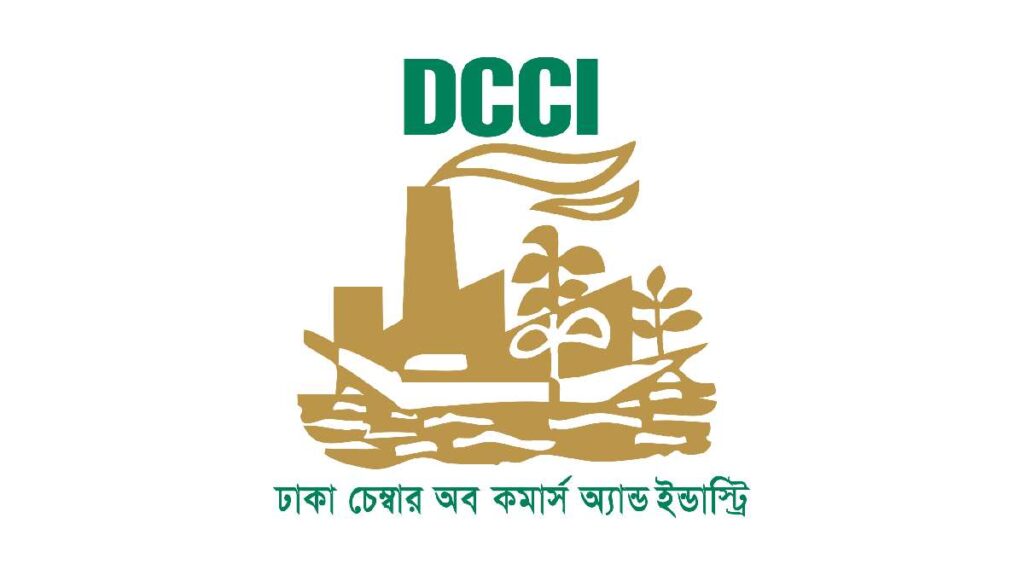The recent monetary policy announcement by Bangladesh Bank for the second half of the fiscal year 2023-24 (January-June 2024) is perceived as a crucial step in stabilizing the macroeconomic condition. The central bank’s emphasis on maintaining sufficient liquidity to foster growth sectors while simultaneously curbing inflation is lauded as a commendable strategy.
The public sector credit growth target set at 27.8% for January-June FY24 reflects a prudent approach, given the realization of 18% against the target of 37.9% in the preceding July-December period. Similarly, the private sector credit growth target of 10% for January-June FY24 aligns closely with the realized 10.2% against the target of 10.9% in July-December FY24.
While acknowledging the necessity of increasing public sector borrowing, there is a call for caution to prevent crowding out the private sector from domestic liquidity. The central bank is urged to explore additional measures to boost liquidity for the domestic banking system and promote private sector credit growth over the coming months.
Recommendations include exploring alternative methods such as trade credit enhancement, contingents, factoring, and other strategies to alleviate foreign exchange stress and augment liquidity. The extension of support to CMSMEs through pre-financing and refinancing schemes is acknowledged as a positive step.
The increase in the repo rate to 8% is acknowledged for its potential impact on money supply and banking liquidity available for private credit. However, it is suggested that this policy rate adjustment could contribute to controlling inflation by reducing money supply. There is also a call for appropriate support for fiscal policy, emphasizing its pivotal role in addressing inflation.
Expectations are set on the return to a market mechanism and the introduction of a crawling peg system to address balance of payment challenges. Advocacy for allowing the foreign exchange market to operate with limited interventions within well-structured parameters is presented as a strategy for sustainable functionality.
The hope is expressed that the declared monetary policy stance will significantly contribute to macroeconomic stability, with a continued focus on controlling inflation and stabilizing the exchange rate. The effectiveness of these measures is eagerly anticipated to yield positive outcomes for the broader economic landscape.

